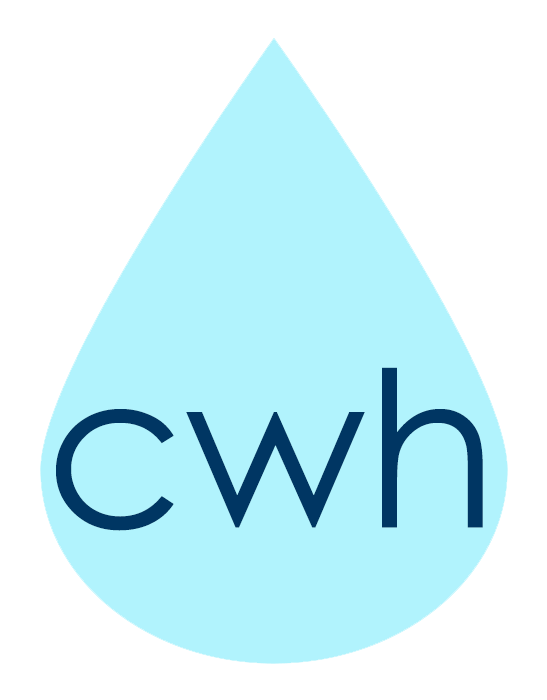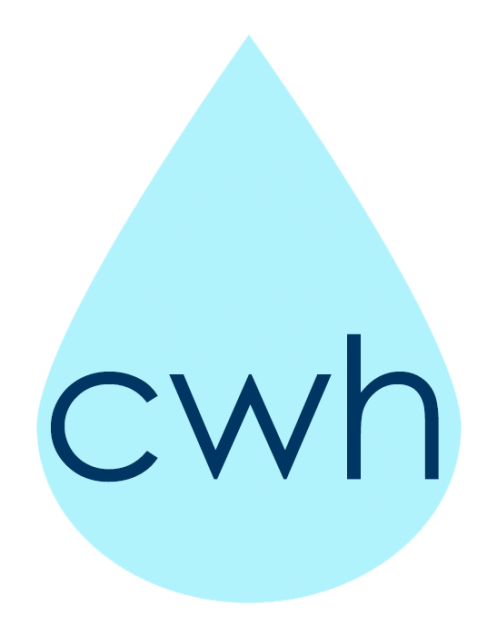My latest blog post may be a bit boring for the most people. So why am I writing about how Clean Water for Haiti is governed? Well, there are certain donors, who tend to be larger donors or people representing foundations or corporate entities, who realize just how important it is for an organization to be governed properly. This post is for them. It was a lot of work to set up Clean Water for Haiti’s solid foundation, so this is where I’m going to celebrate that and brag about Clean Water for Haiti’s Joint Charitable Activities Committee and the good governance they’re committed to.
Clean Water for Haiti uses something called Policy Governance, sometimes known as the Carver Model. The most simplified explanation of Policy Governance is that the board supplies the “ends” not the “means”. The board states what the goals of the organization are and the Executive Director is responsible for finding the means to achieve those goals. Here is Clean Water for Haiti’s “end” goal:
“Clean Water for Haiti US [Clean Water for Haiti Foundation, CWH Foundation Canada] exists so that the people of Haiti will have access to clean water at a high level of cost effectiveness.”
The end is very specific; the means are not specific at all. This provides two things which are absolutely key for the director to have: empowerment and responsibility. The director is empowered to get safe drinking water to the Haitian people, and has the responsibility to get it done. How is this important? Maybe someone who has never worked in the director’s role might not see what a big deal this is. To illustrate, here are two examples:
I’m talking with a friend – the director of another organization in Haiti. He has a problem that I’ve seen before. I say “Why don’t you talk to _____ and arrange for _____ and _____?” The response is “Yeah, that would make sense, but the board wants me to ______.” I have had this conversation, with different friends and different details, many times. In each case, they suffer from a lack of empowerment. The upside, if there is one, is that the director isn’t responsible for decisions since it’s actually the board coming up with plans and giving specific direction. The board is directly responsible, whether they will admit to that or not. This is a case of no responsibility on the part of the director.
But aren’t the people ultimately in charge the ones who should be making the decisions? Yes, I suppose so. But wouldn’t it be better to delegate those decisions to someone who has the knowledge and experience required to do the job properly?
Next, a director friend has a minor breakdown at his facility and needs a new widget to fix the problem. He calls the chair of his board to ask for authorization to buy the widget. The chair asks a large number of questions, long distance, while work is stopped, then states that they will have to get approval from the board. Two days later, nearly in tears, my friend gets authorization to buy the part. He was going to need the part anyway, no matter how many committees and sub-committees were put to work on the problem. This is a case of no empowerment of the director. For a talented individual who wants to take responsibility and get to work, lack of empowerment feels bad – suffocating. In this case (again, one I’ve seen multiple times) my friend decides it’s time to get another job, one where he can actually perform his job as director. This is a case of no empowerment of the director.
I LOVE my job. With Policy Governance, I have the freedom to use all of my experience and creative energy to achieve our mission. The responsibility that comes with it is sometimes (most of the time) a source of stress, but I wouldn’t have it any other way. There is a lot more involved in job satisfaction than just the salary and benefits. I think I would find it very hard to take a different Director’s position with an organization that runs in a similar way to what I’ve described above, even if it came with a massive salary.
So if the board isn’t telling the director what to do, what is the purpose of the board? Accountability, and clearly setting the limits. In addition to the “ends” that I mention earlier, we has a number of “shall not” policies. Here are a few examples from the top of the list:
Further, without limiting the scope of the foregoing with this enumeration, he or she shall not:
4.2.1 Allow assets to fall into an unreasonable amount of disrepair.
4.2.2 Expose himself or the organization to liability claims unless it is impossible to do so.
The board builds a “fence” by setting the limits down as policies. Once the “fence” is known, the executive director has the freedom to work within those boundaries in whatever way is most effective.
So how does the board ensure responsibility? The board requires regular reports from the director. Measuring success is key to policy governance, so we came up with key metrics that the board can use to determine success (or failure). At Clean Water for Haiti, it helps that we focus strongly on just one intervention: the biosand filter. The metrics we use are (1.) How many filters we install, (2.) How many filters continue to be in use after 1 year and 5 years and (3.) How much each filter costs us to build, deliver, install, provide user education, follow up with and repair if necessary. The board will analyze the results, ask questions, and decide what action to take. If the metrics and overall health of the organization are all looking good, I might even get a raise. If results are bad, or reports are incomplete or especially if one or more policies were to be broken by the director, then the board should consider looking for a new one.
That’s all I have to say about Policy Governance. Clean Water for Haiti’s situation is a little bit more complicated than what I’ve described because most of our work is done via our “Joint Charitable Activities Committee” which is a combination of the members of three different charities, the USA, Canadian, and Haitian organizations. In all the important ways, however, things work as I have described.
We would like to recruit more people to our board, especially folks who live on the Canadian side of the border. From our perspective, the best recruits are people who support Clean Water for Haiti already and would like to be actively involved in various things that need to be done in Canada and the USA, such as raising funds. Board members are required to support Clean Water for Haiti both financially and with their time. The Joint Charitable Activities Committee meets once per month via Zoom except in December, and we meet in person each January in Florida for the annual board retreat.




1 Comment
Leave your reply.